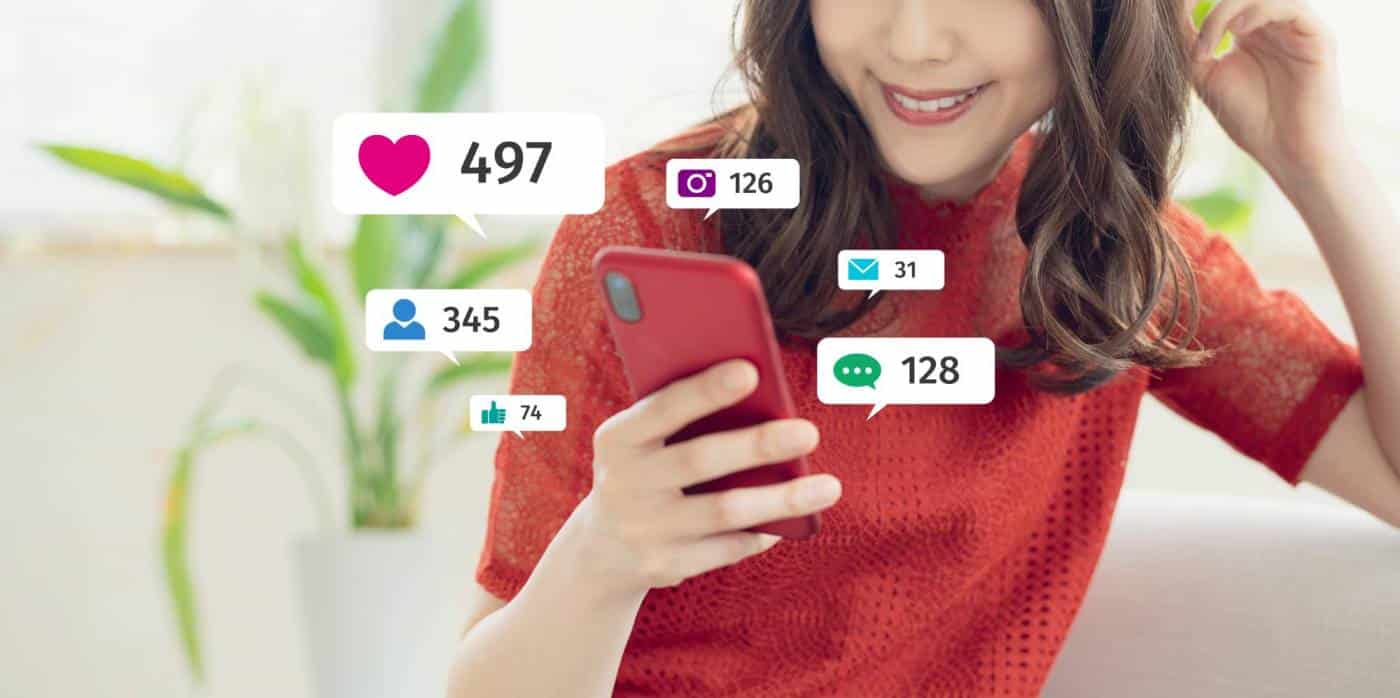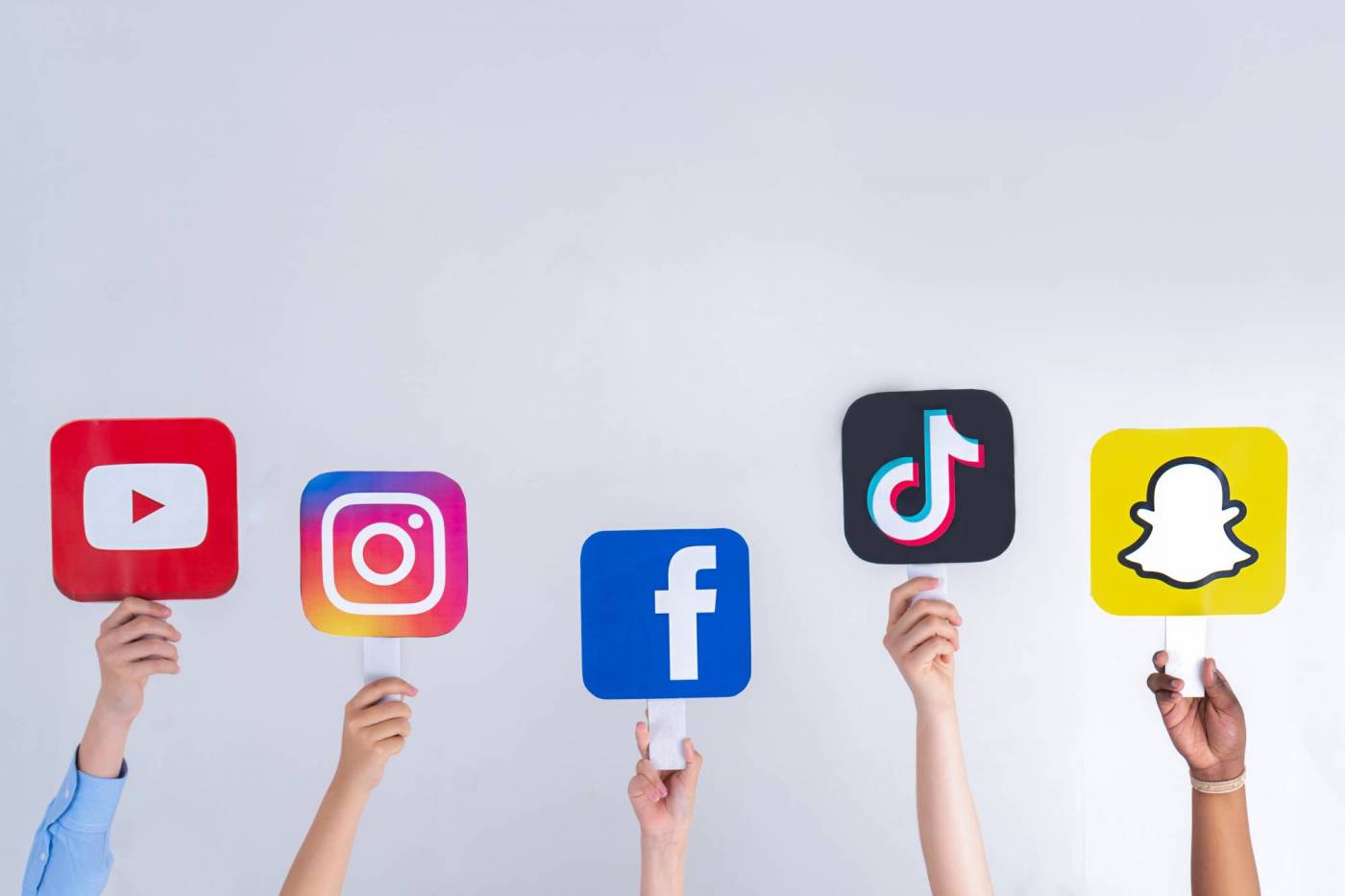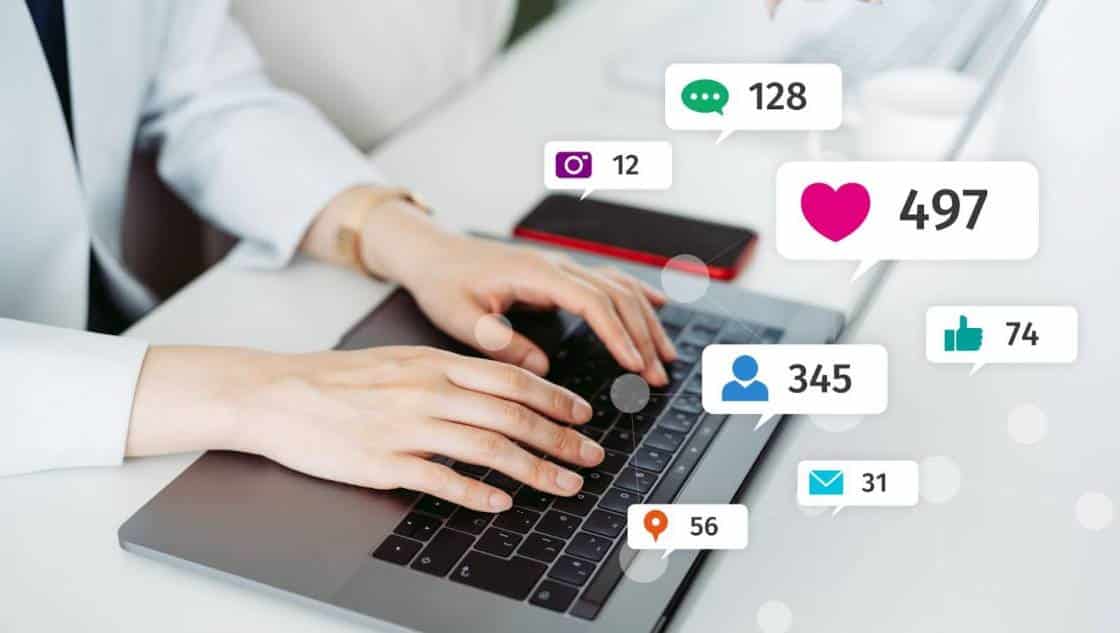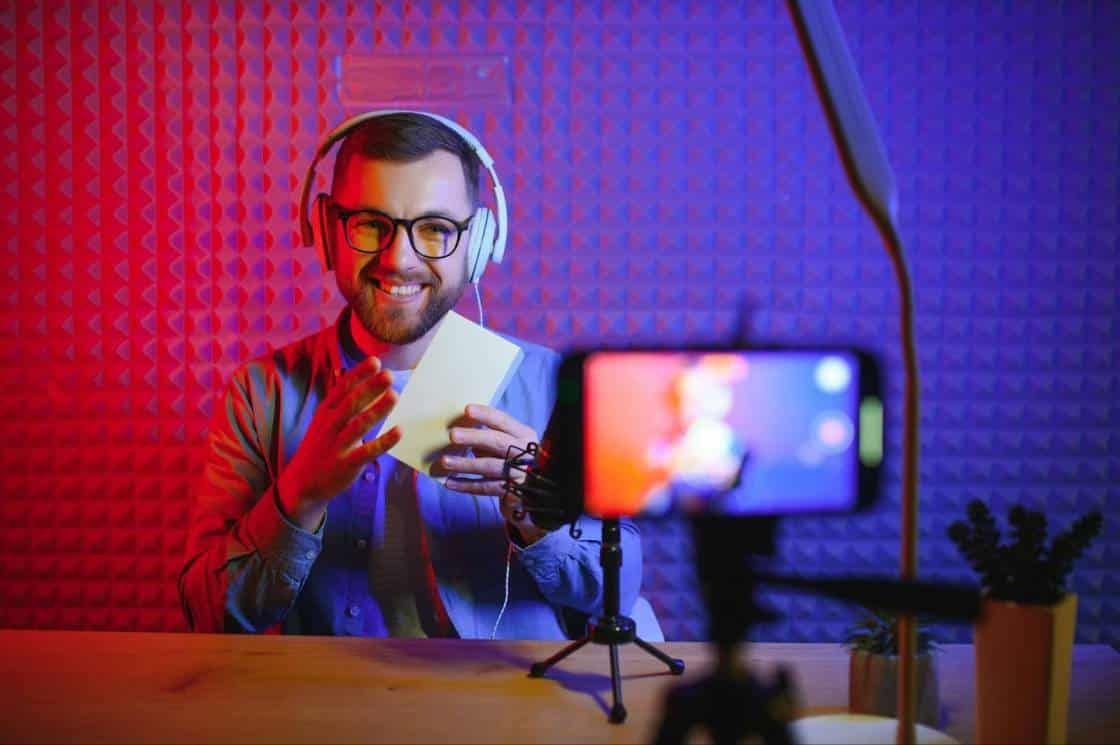
Imagine your brand’s story told not through ads, but through the voices of the most trusted and relatable figures on the internet: social media influencers.
Influencers have become key players. They shape brand narratives, drive consumer trust, and spark real conversations. Some might scoff and shake their heads, but believe us: influencers hold real power.
According to the 2024 Influencer Marketing Hub Benchmark Report, up to 85% of respondents believe influencer marketing is an effective form of marketing. Nearly a quarter intend to spend more than 40% of their marketing budget on influencer campaigns.
Influencers on TikTok, Instagram, and other platforms deliver content that speaks directly to their followers. This increases companies’ revenue, but perhaps more importantly, it strengthens public brand identities.
Let’s dive into how social media stars are changing the game. In this blog post, we’ll discuss how influencer brand partnerships help businesses connect with their audiences.
Table of Contents
1. The Rise of Influencer Content Creation
Gone are the days when traditional advertising was the sole way to communicate with consumers. Today, influencer content creation has emerged as one of the most effective tools in a brand’s marketing strategy.
Influencers don’t just promote products; they integrate them into their lifestyles. This gives their audience a behind-the-scenes look at how these products fit into their everyday lives.
Whether we’re talking about a makeup user sharing her favorite lipstick from her car or an at-home chef whipping something up with a new gadget, social media influencers churn out viral, authentic content.
The key concept here is that people trust this content. Matter Communications reported in 2023 that up to 81% of consumers have embraced influencer marketing, and that number is only set to grow.
This newfound level of authenticity makes brand storytelling messages feel more relatable and less like an ad. That’s exactly what today’s consumers crave. They want to see real people use real products, then share their trusted opinions.
2. Brand Storytelling Reimagined
Brand storytelling has always been a non-negotiable element of strong marketing. Today, influencers have redefined it.
Instead of relying on polished, scripted ads, brands now use influencer partnerships to tell compelling stories in real-time. Whether it’s through personal anecdotes, experiences, or even creative campaigns, influencers bring a fresh perspective to how brands communicate with their target audience.
A great example comes from the kids’ clothing brand Hanna Anderson. This company has partnered with influencer moms to solidify its story as a family-oriented brand focused on safety and sustainability.
Just recently, they launched a sponsored holiday post with Madison Mealy 一 a wholesome influencer with more than 1.3 million followers. Just one of her at-home Instagram posts received nearly 50K likes, hallmarking Hanna Anderson as a provider of the “best quality and coziest jams made to be the perfect hand-me-downs.”
Mealy didn’t just share this brand 一 she empowered it, and through her own storytelling with her children, brought their identity to life.
This is just one example out of tens of thousands showcasing how influencers add an element of relatability and human connection. When you see something from an influencer you like, their impression of a brand resonates on a deeper level than traditional methods ever could.
3. Brands and Micro-Influencers as a Power Duo
Influencer marketing doesn’t necessarily mean working with an online celebrity. Mega-influencers may have millions of followers, but micro-influencers have niche audiences (usually 50,000 or smaller).
Brands that work with micro-influencers can tap into highly engaged audiences that are more loyal and receptive. These influencers may have smaller followings, but their audiences tend to feel connected on a deeper level, making their endorsements more genuine and impactful.
Influencer marketing brands are increasingly realizing that working with micro-influencers allows for more targeted and effective campaigns, often with a better ROI. Most micro-influencers charge between $100 to $500 per sponsored post. Comparatively, macro-influencers and celebrities can bill thousands.
4. Influencer Brand Partnerships: A Win-Win
When brands blend their style with an influencer’s, storytelling magic happens. Authentic influencer brand partnerships feel less like advertisements and more like organic recommendations.
The best part? When these partnerships are done right, both the brand and the influencer benefit. Brands gain access to engaged followers who trust the influencer’s opinions. In turn, influencers can leverage brand relationships to establish themselves as industry leaders.
5. Creative Brand Campaigns That Stand Out
Influencers are masters of creativity, often pushing the boundaries of what traditional advertising can do. From quirky TikTok challenges to fun Pinterest collaborations, influencer marketing brands experiment with new ways to engage audiences.
By partnering with big names on social media, many brands can tap into these creative campaigns and break through the noise. This includes reaching consumers in innovative and memorable ways.
In many cases, these campaigns can even become a part of your brand identity and story. For instance, look at GoPro. This company has challenged the top adventure and travel influencers to contribute viral, awe-inspiring content.
This has solidified their brand identity as one powered by risks, thrills, and incredible experiences. User and influencer campaigns are a part of who this company is.
6. Influencer Branding: Building Trust and Authenticity
One of the top benefits of working with influencers is the trust they’ve built with their audiences. Consumers are skeptical of traditional advertising, but they believe in influencers. They see them as real, relatable people.
This is especially true for Gen Z, who rely on social platforms for things like financial advice and largely use TikTok as a search engine.
When brands work with an influencer, they’re not just borrowing their platform—they’re borrowing their credibility. This kind of authenticity is priceless, and it’s one of the main reasons marketing teams are flocking to influencer partnerships.
7. The Future of Influencer-Brand Partnerships
As social media platforms evolve, so too will the role of influencers in shaping brand values and narratives. By 2029, Statista projects the market for influencer advertising will reach at least $56.28 billion. This market is ramping up.
With the rise of new features like Instagram’s Shops or TikTok’s live-stream shopping, influencer marketing is becoming bigger and more integrated into the shopping experience. The future is about deepening relationships with influencers, telling stories that resonate, and leveraging social media trends to solidify brand identities.
Final Thoughts: Using Influencers for Brand Storytelling
Your brand’s story might be incredible, but it’s not worth much if no one knows or understands it. Influencers offer a chance to share your narrative in an increasingly engaging manner.
Interested in trying influencer marketing out? Contact our team at Get Hyped Media for simple, affordable plans. We’re committed to making influencer partnerships more accessible and powerful for small businesses (like yours!).





